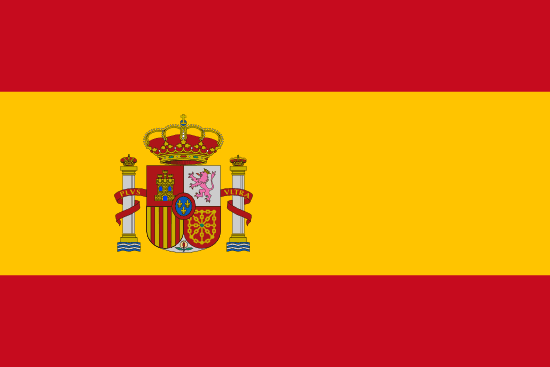"La villa de las tres mentiras, pues ni es santa, ni llana, ni tiene mar | The town of the three lies, because it is neither holy, nor flat, nor is it by the sea"
About:
Santillana del Mar, a historic town in Cantabria, Spain, was established in the 8th century. It gained prominence in the Middle Ages due to the Santa Juliana Monastery, from which its name derives. The town is renowned for its well-preserved medieval architecture, including the Collegiate Church of Santa Juliana. It's also near the Altamira Caves, a UNESCO World Heritage Site known for prehistoric cave paintings. Today, Santillana remains a popular tourist destination, maintaining its historical charm.
When to visit:
Santillana del Mar, a picturesque village in northern Spain, is best visited during the spring or autumn months when the weather is mild and pleasant. During these times, you can enjoy exploring the cobblestone streets and admiring the well-preserved medieval architecture without the crowds that come with the peak summer season. The village's charming atmosphere is particularly enchanting during the holiday season, with festive decorations adorning the historic buildings and a lively Christmas market adding to the seasonal cheer. Whether you visit during the Easter holidays or the Christmas season, Santillana del Mar offers a magical setting for a memorable holiday experience.
When to avoid:
The worst time to travel to Santillana del Mar on a holiday is during the peak tourist season, which typically falls in the summer months of July and August. During this time, the town experiences a significant influx of visitors, leading to crowded attractions, long lines, and higher prices for accommodations and activities. Additionally, the summer months can bring hot temperatures and high humidity, making sightseeing and outdoor activities less enjoyable. Traveling during the shoulder seasons of spring and fall may offer a more pleasant experience with milder weather and fewer crowds.
Winter Season (Dec-Feb)
In Santillana del Mar, Spain, the wettest season is from October to April. Average temperatures range from 8°C to 15°C. Rainfall is frequent, with monthly totals peaking at about 100mm in January. Sunlight is limited to around 4-5 hours per day, with cloud cover often heavy. An average day for a visitor during this season would involve bracing the chilly weather and intermittent showers. It's advisable to pack a waterproof coat and warm clothing. Despite the weather, the charm of the medieval town remains, offering a cozy, atmospheric experience.
Summer (June-August)
In Santillana del Mar, Spain, the warmest part of the year typically spans from June to September, with July and August being the peak summer months. During this period, the average high temperature ranges from 22°C to 26°C (72°F to 79°F), while the average low temperature ranges from 14°C to 18°C (57°F to 64°F).
Rainfall is relatively low during these months, with an average of 40-50mm of precipitation per month. This means that the summer season is generally dry, with only occasional showers. The summer months also provide the most sunlight, with an average of 8-9 hours of sunshine per day.
Humidity levels remain quite steady throughout the year in Santillana del Mar, averaging around 75%. This means that while the temperature may be high, the humidity can make it feel even warmer.
As for cloudiness, the summer months are the least cloudy. The sky is typically clear or only partly cloudy, allowing for plenty of sunshine.
For a visitor, a typical summer day in Santillana del Mar would feel warm and relatively dry. The mornings and evenings are cooler, making them ideal for outdoor activities like sightseeing or hiking. The afternoons can get quite warm, so it's a good time to relax in the shade or enjoy the local beaches. Despite the heat, the consistent breeze from the Cantabrian Sea can provide a refreshing relief.
Language:
In Santillana del Mar, a historic town situated in Cantabria, Spain, the most commonly spoken language is Spanish, as it is the official and dominant language of the country. Additionally, Cantabrian, a dialect of Spanish, may also be heard, particularly among the older population. English is also spoken, especially in tourist areas, but to a lesser extent.




